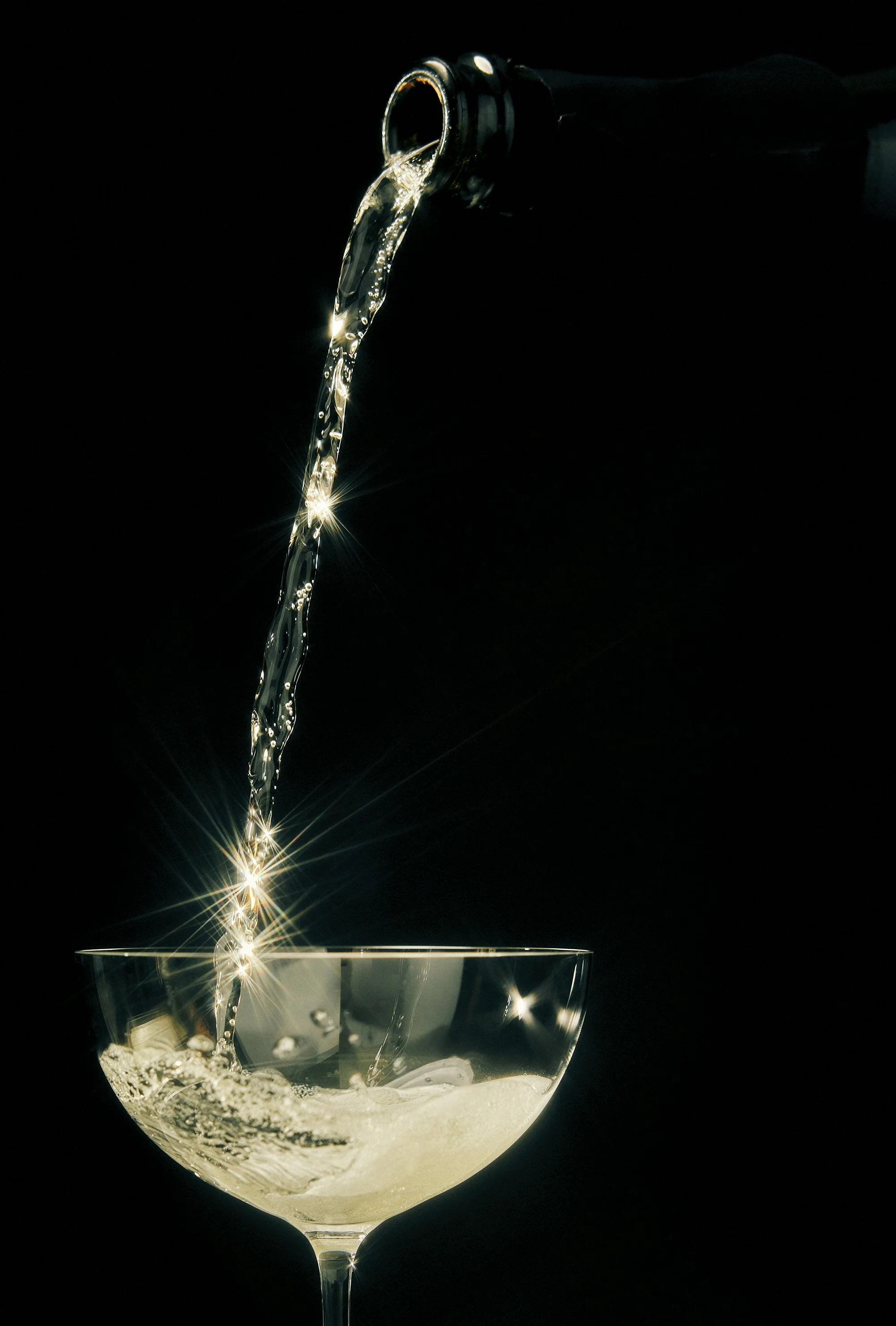Dom Pérignon Releases ‘Plénitude 2’ 2004, A Wine That ‘Dances’
Sept. 22, 2022: Originally published in Forbes.
The house ethos at Dom Pérignon is captured in a simple idea: Every expression is a vintage, or the best wine made from all the highest quality grapes of only one year. But there are some years, and some vintages, that show extra potential, and can benefit from extra time to age and mature. That’s the idea behind Dom Pérignon’s Plénitudes series.
The newest Dom Pérignon Vintage 2004 Plénitude 2 debuted this month, showcasing the 2004 vintage in a wholly new light. While the 2004 vintage was released in 2013, its sister bottling, the Vintage 2004 Plénitude 2, was kept behind in the cellars to continue maturing on the lees for a full 18 years, giving the liquid ample time to transform. The result is a vibrant wine that belies its age, and balances complexity with a still youthful energy.
“It’s a wine which is dancing,” Dom Pérignon chief winemaker Vincent Chaperon says. “It’s wine that’s all about the fruit. All about the volume. It’s so easy to drink, so harmonious. It’s certainly the most ethereal, the most airy, the most gravity-defying wine of our operation.”
Why hold on to the 2004 vintage longer? What goes into the idea of holding back bottles after an initial release?
Chaperon explains that the answer has to do with understanding how the climate pressures the vineyards went through in 2003 resulted in a special harvest in 2004. In 2003, French wine growers battled extreme heat as well as a frost that claimed nearly 70% of the Chardonnay harvest. “The vine is a multi-year plant,” Chaperon explains. “We keep the vines for 40, 70, 80 years. What does that mean? What the vine is living through in the year has consequences for the following year.”
The vines, which have absorbed sun and rain, didn’t have a lot of grapes in 2003, so they held onto those nutrients, sending them down into the roots. The following year, 2004, all that pent-up energy delivered an extraordinary harvest. “2004 is a unique year where we are able to produce a high quantity of fruit with a good maturity and good quality of grapes,” Chaperon says. “Nature has been so harsh in 2003, and then in 2004, it’s calm and a renaissance. Nature gave us everything we need. The harmony was already in nature in 2004.”
As winemakers that are positioned to be both looking backward (how is that wine from ten years ago aging?) as well as looking forward (what does the new harvest suggest about the next decade in vintages?), Dom Pérignon’s Vincent Chaperon has a radar for shifting trends. As the pandemic slowly recedes from headlines and people surge back into normalcy, how have the past two years changed drinking patterns of fine wine like Dom?
“I think that Covid has accelerated the mindfulness on the side of the consumer,” Chaperon says. “We are entering a new world where people realize that we are on one planet Earth and we have to take care of the balance of the things.
I think people are going to consider fine Champagne, fine wine in a different way in the future. They will understand that it’s super rare, and we can’t produce more because we have to respect nature.”






